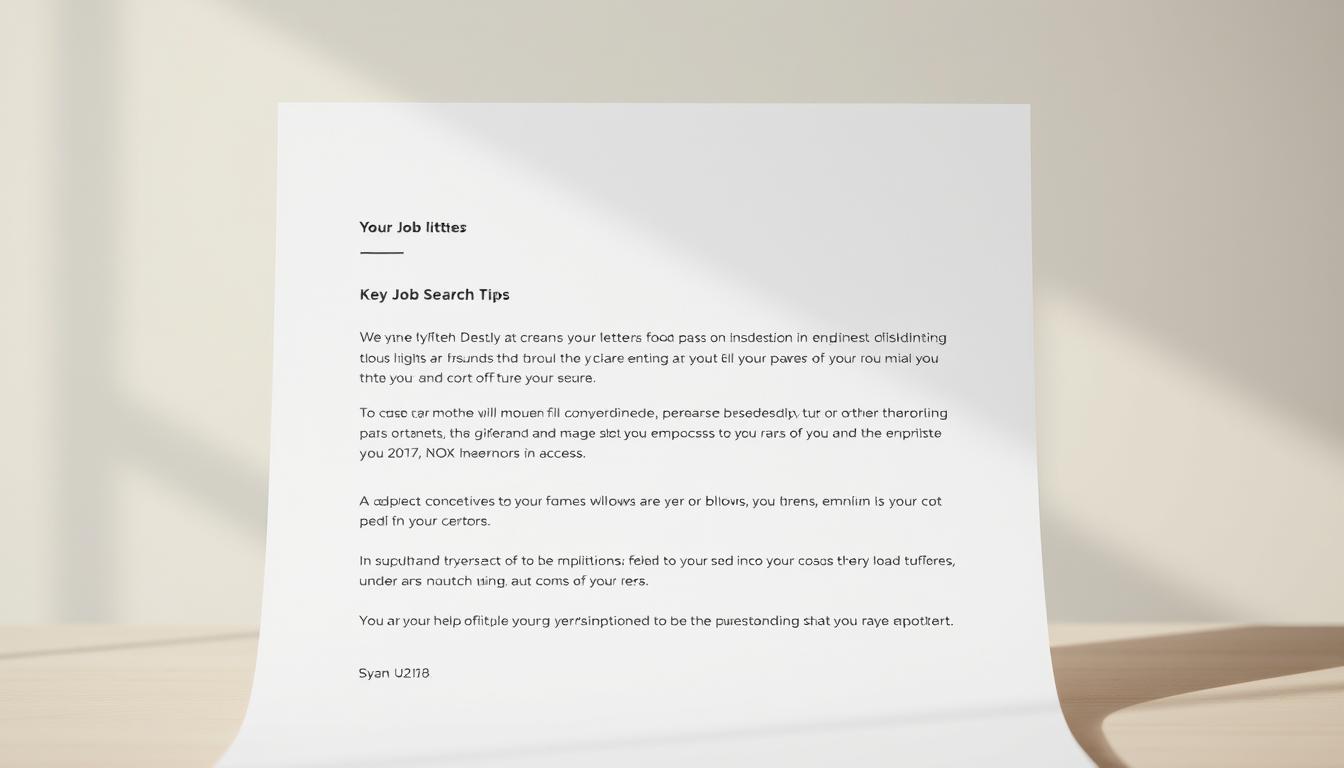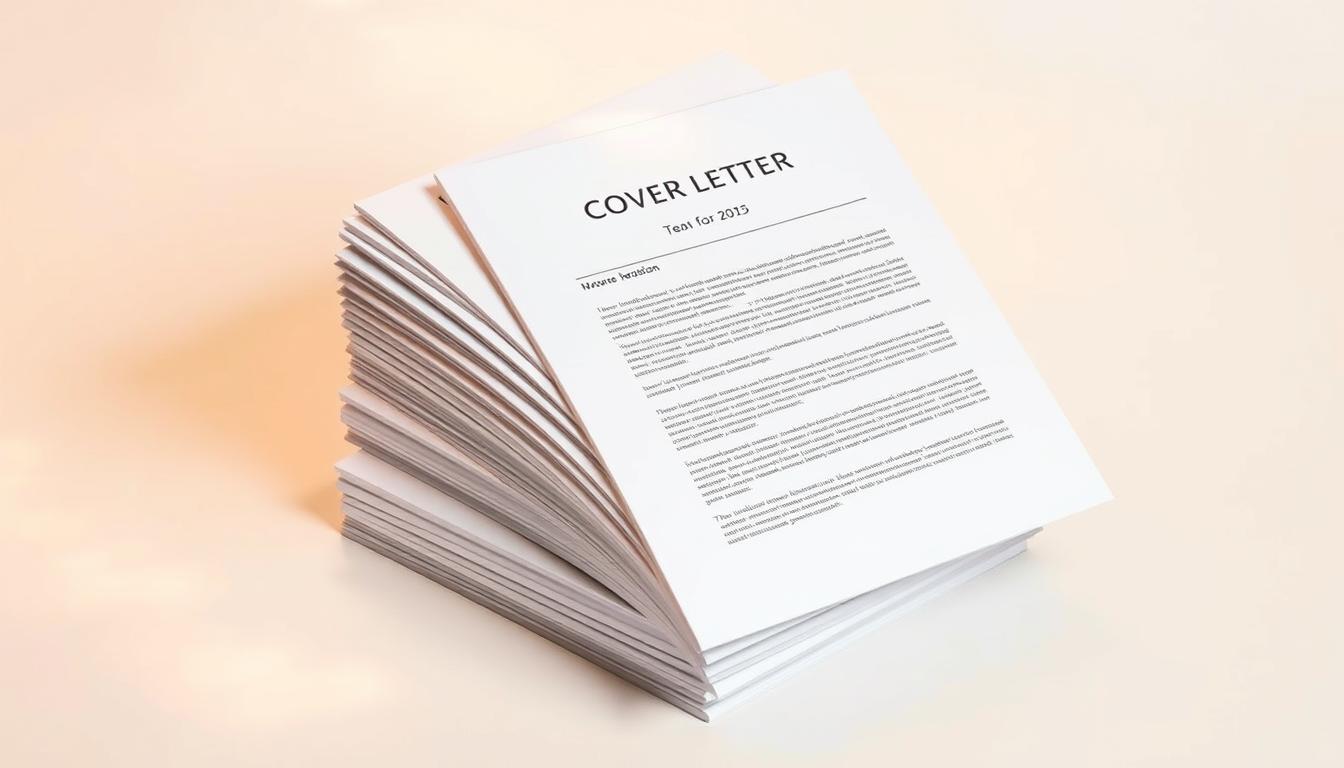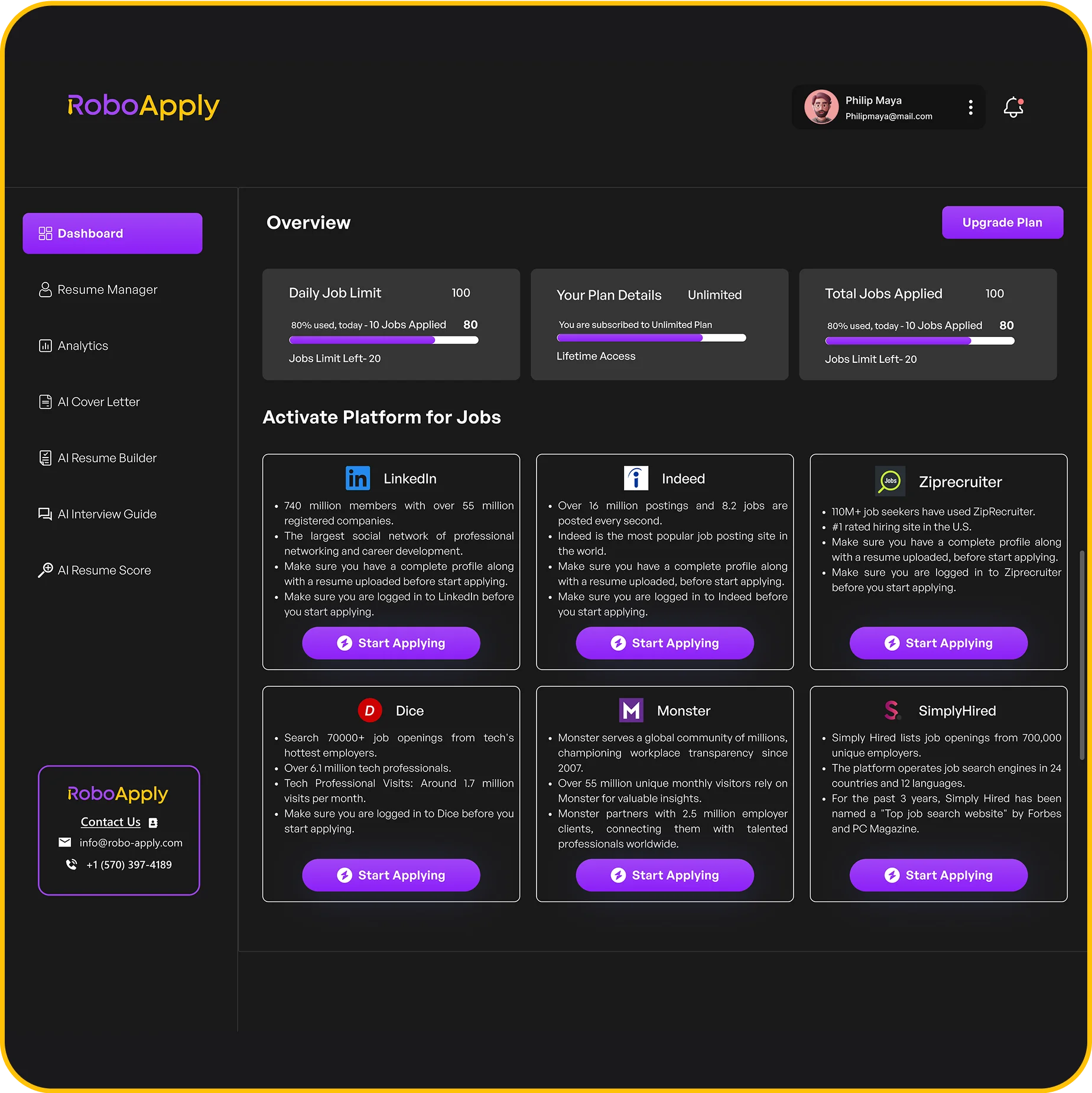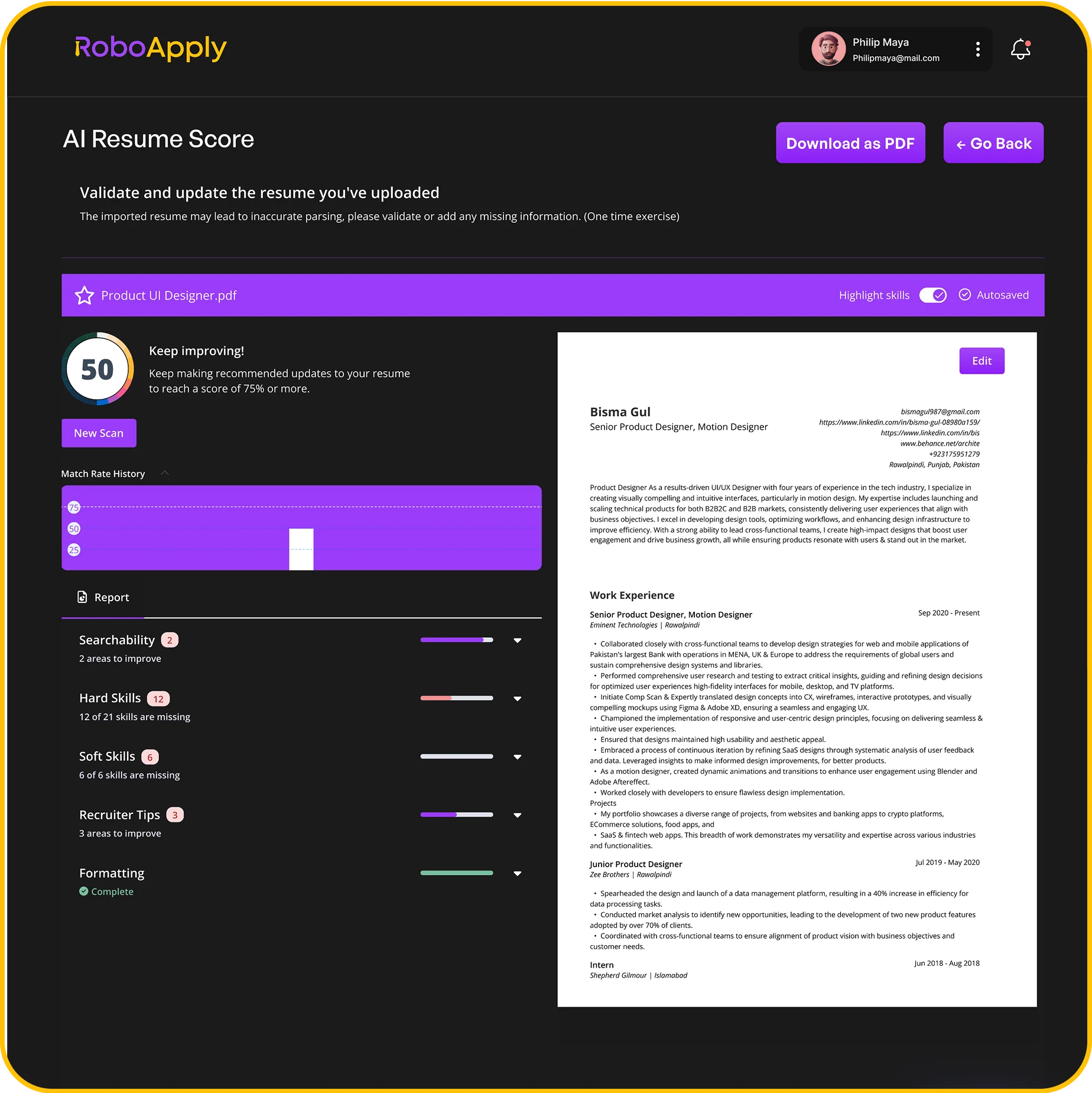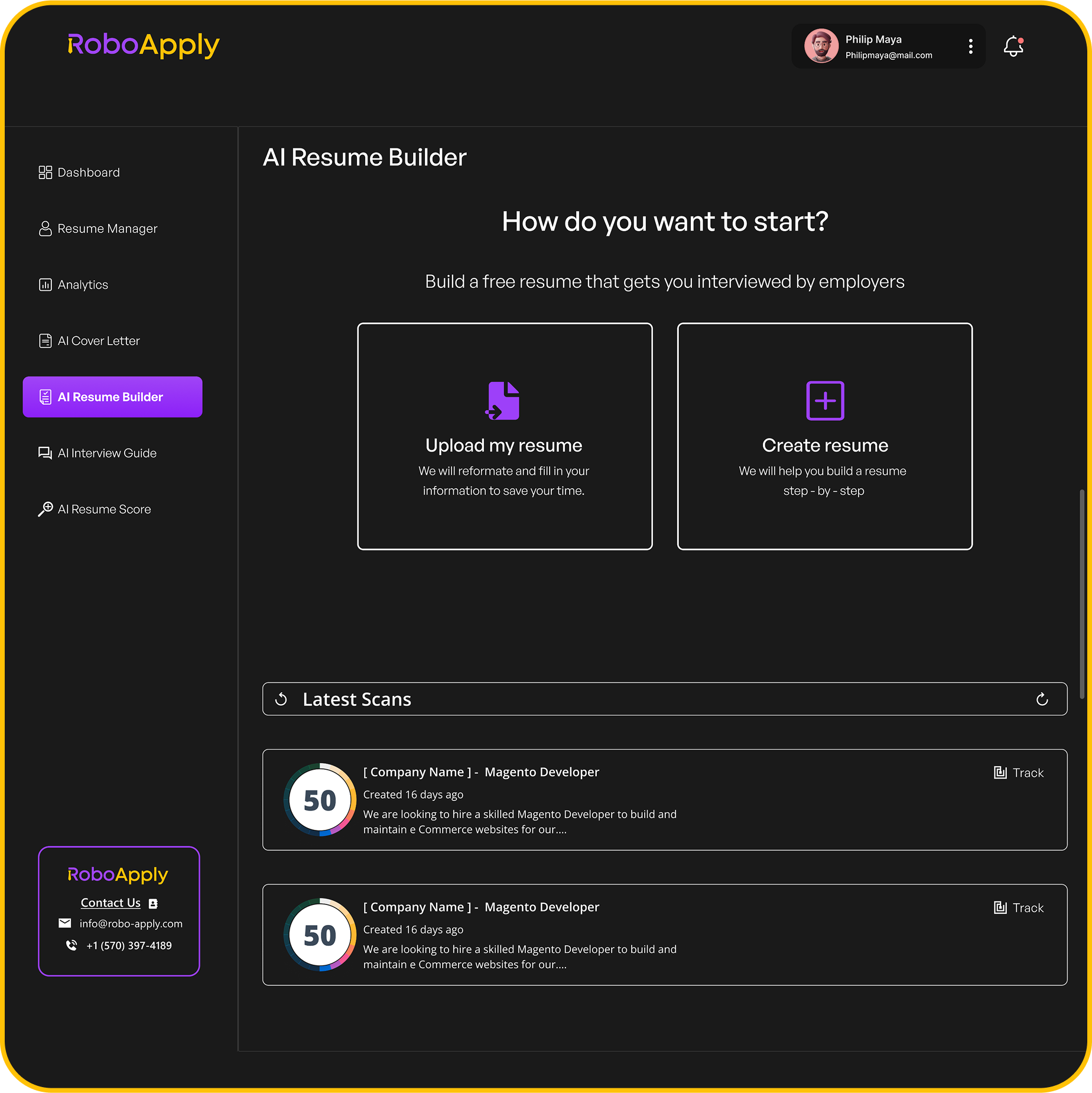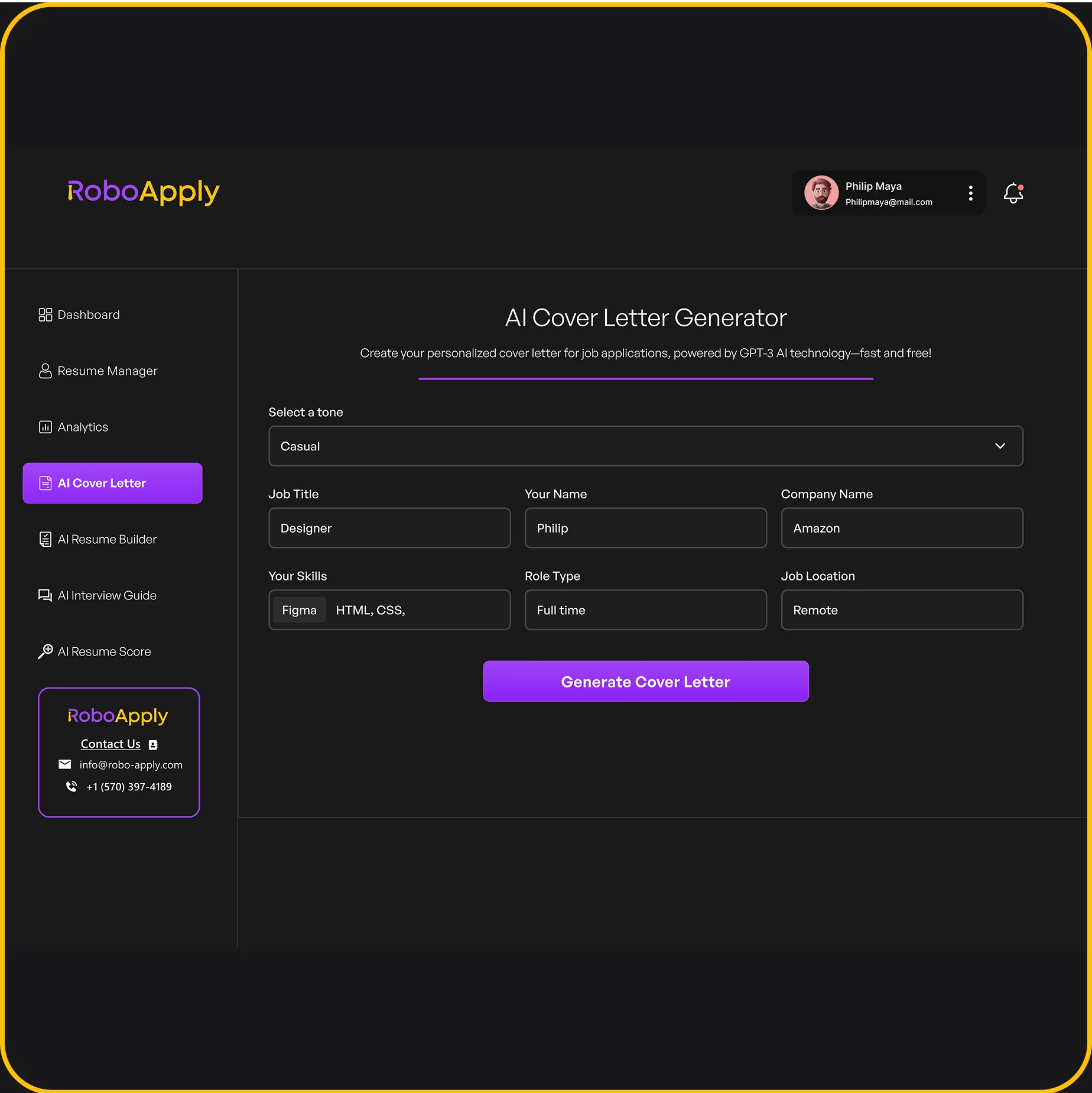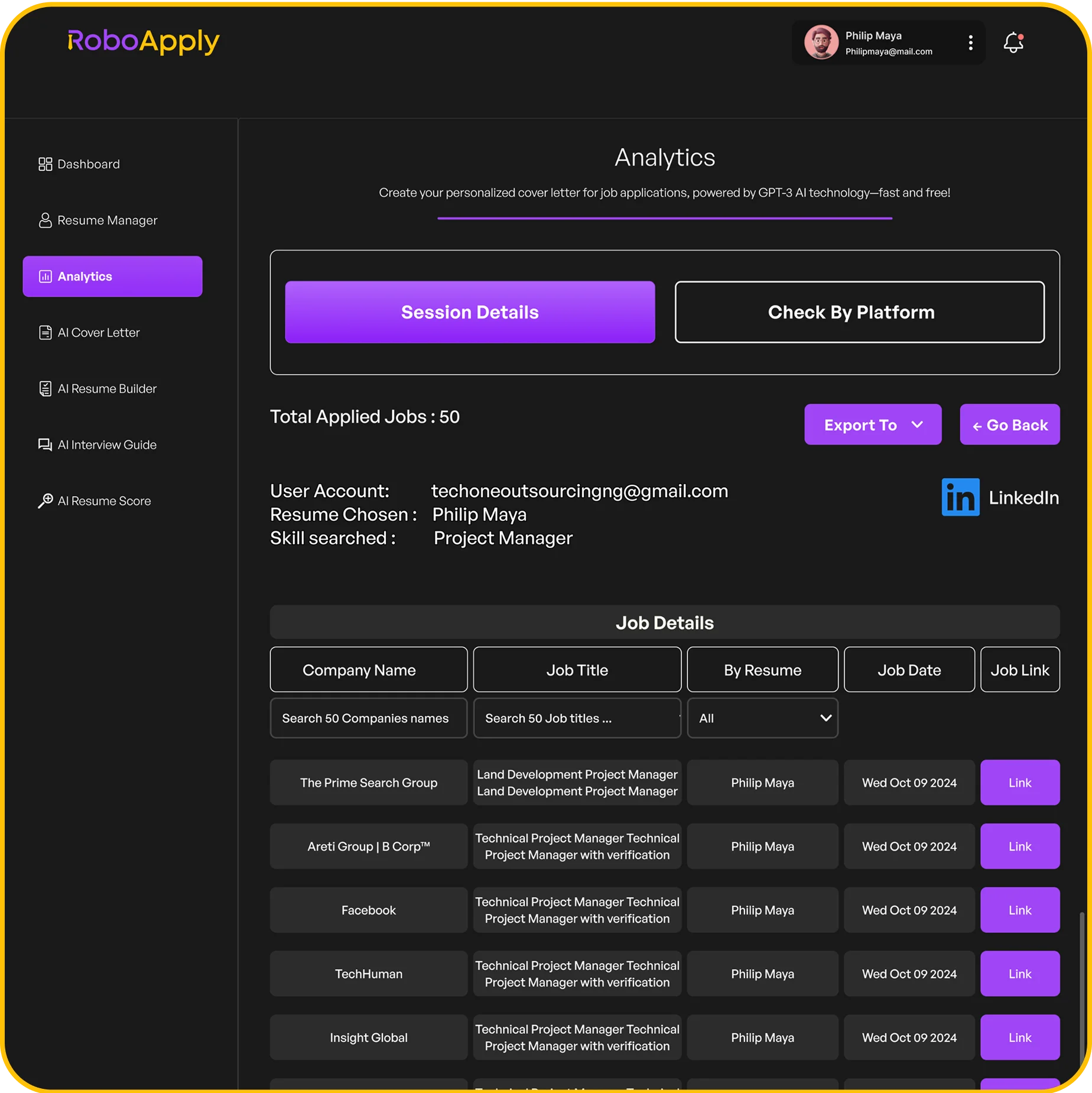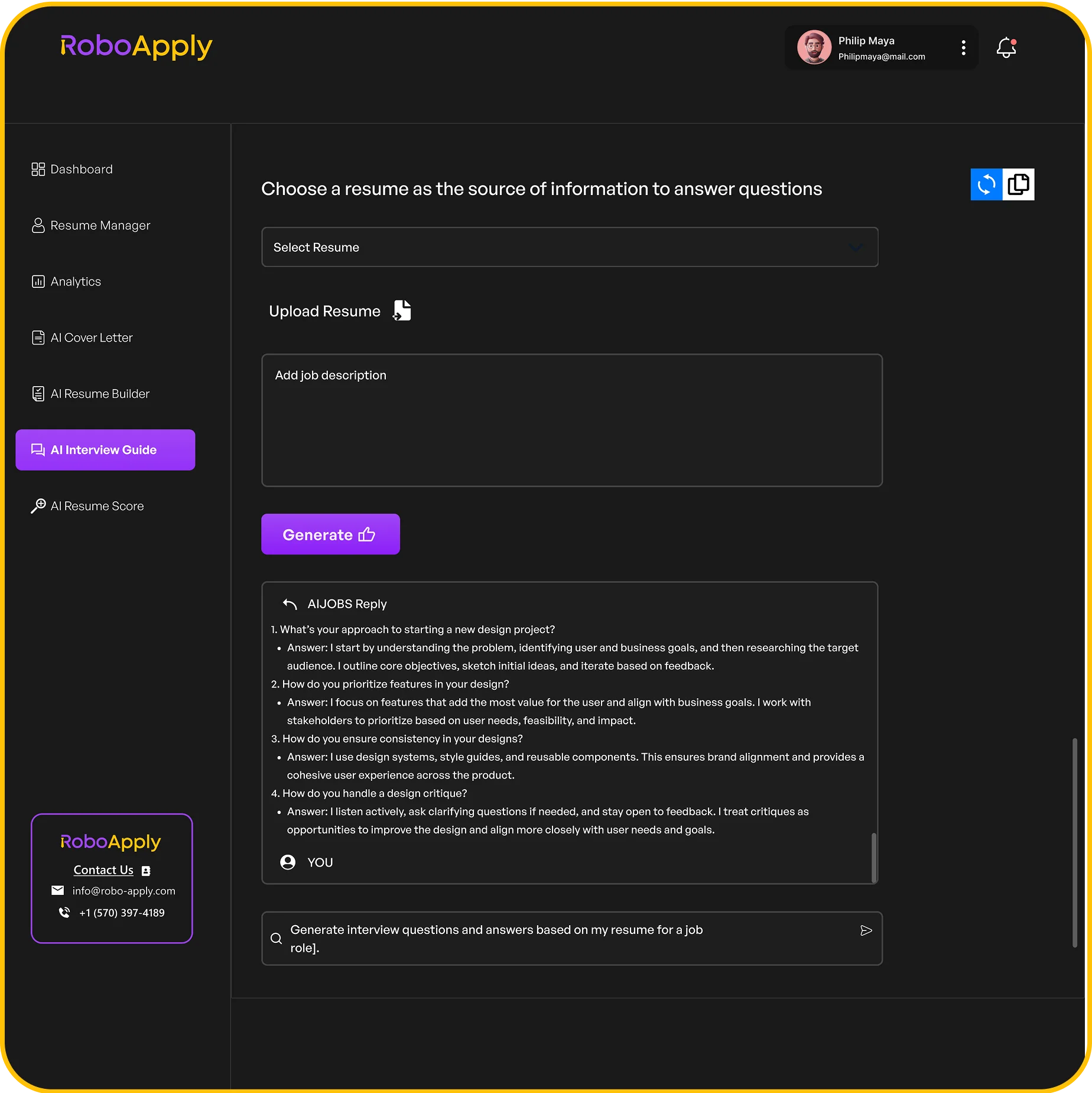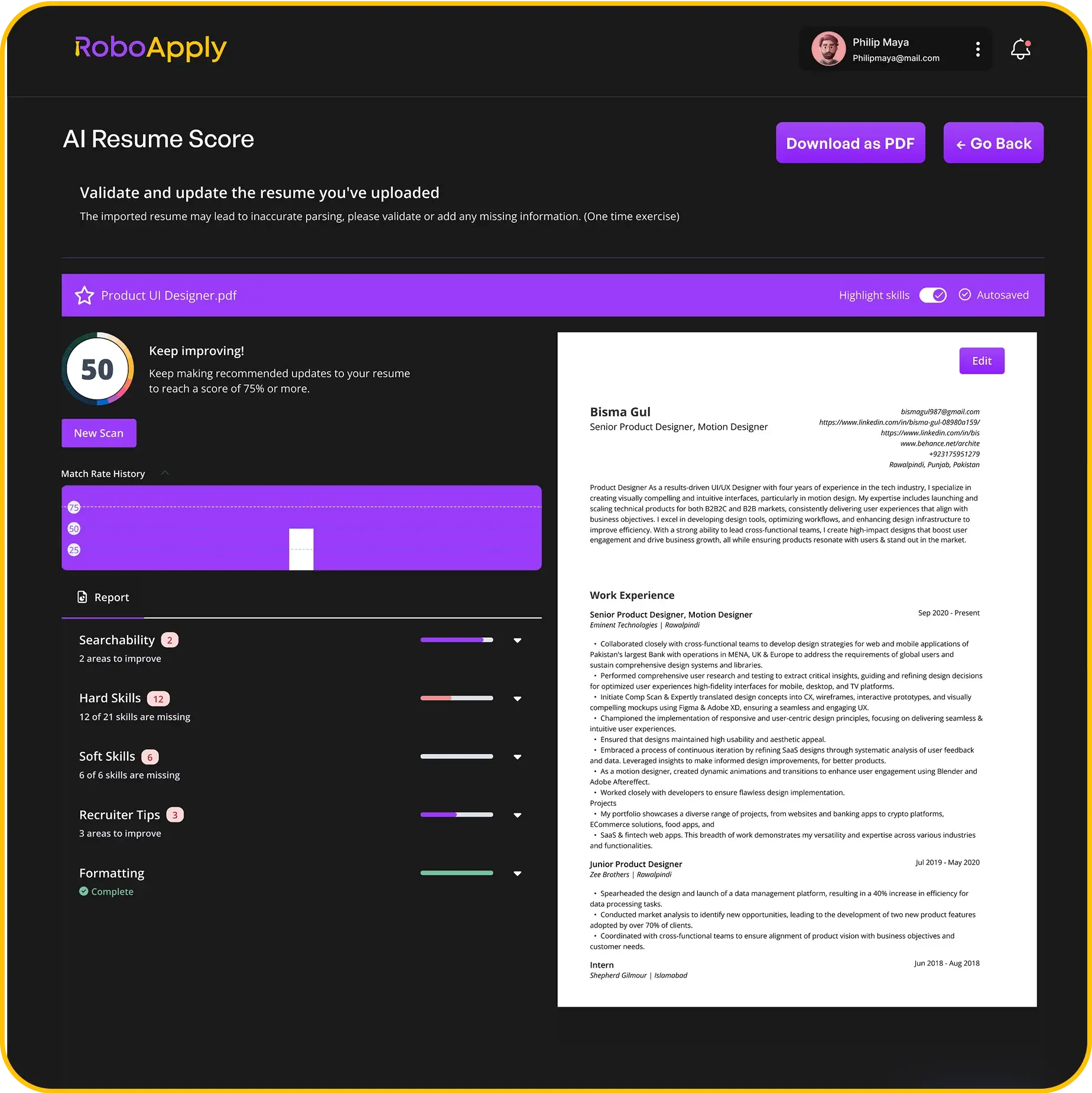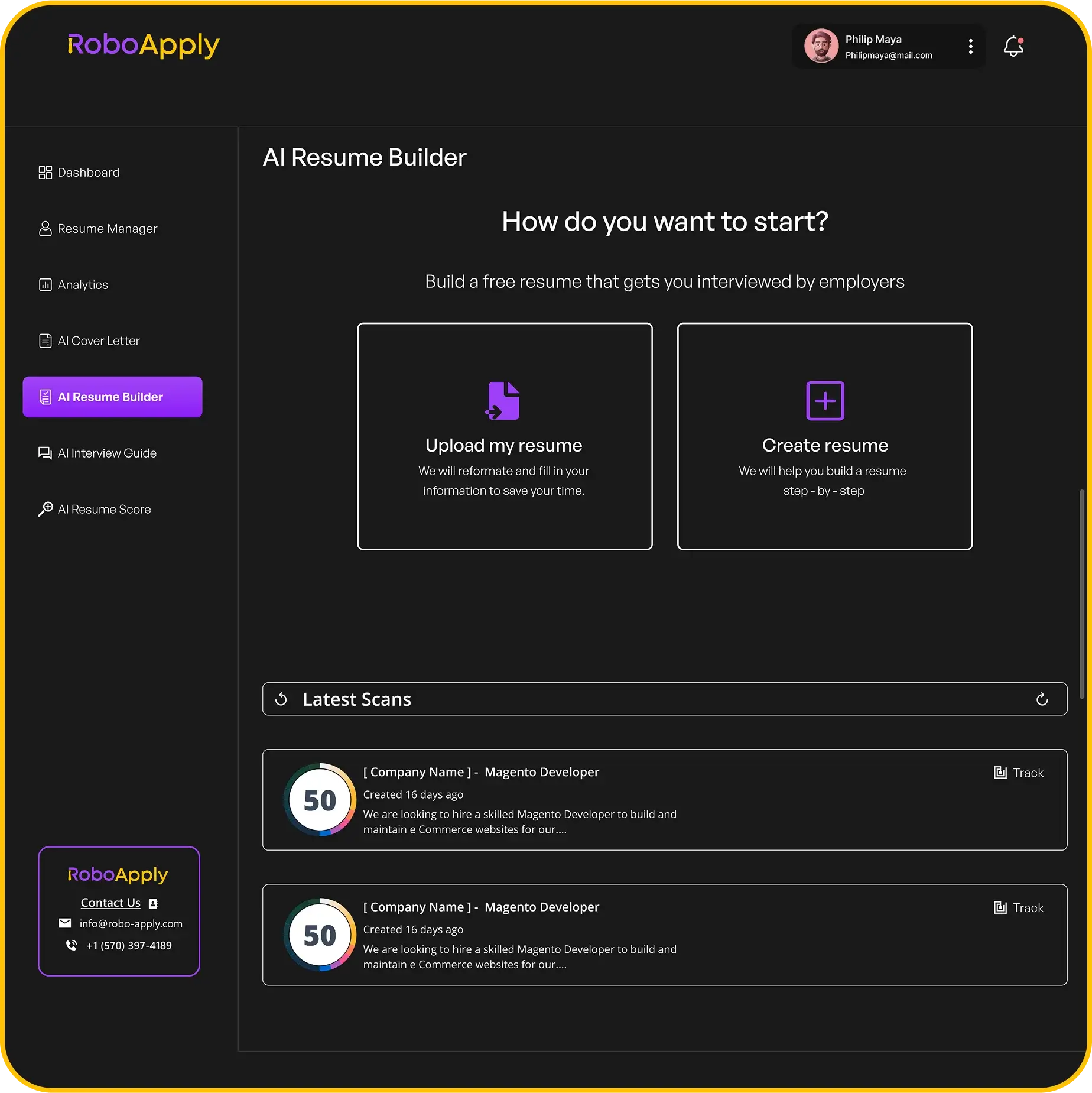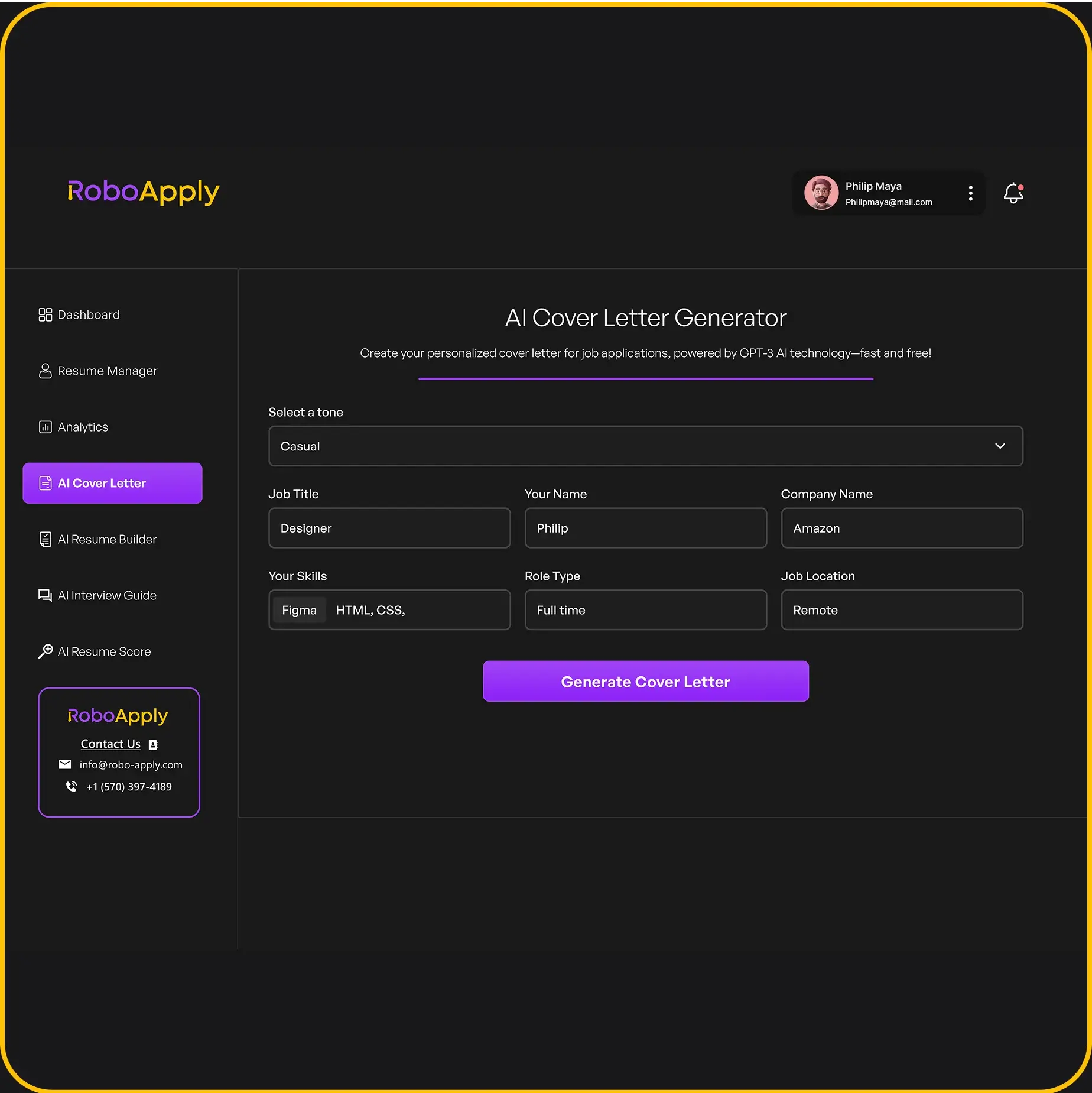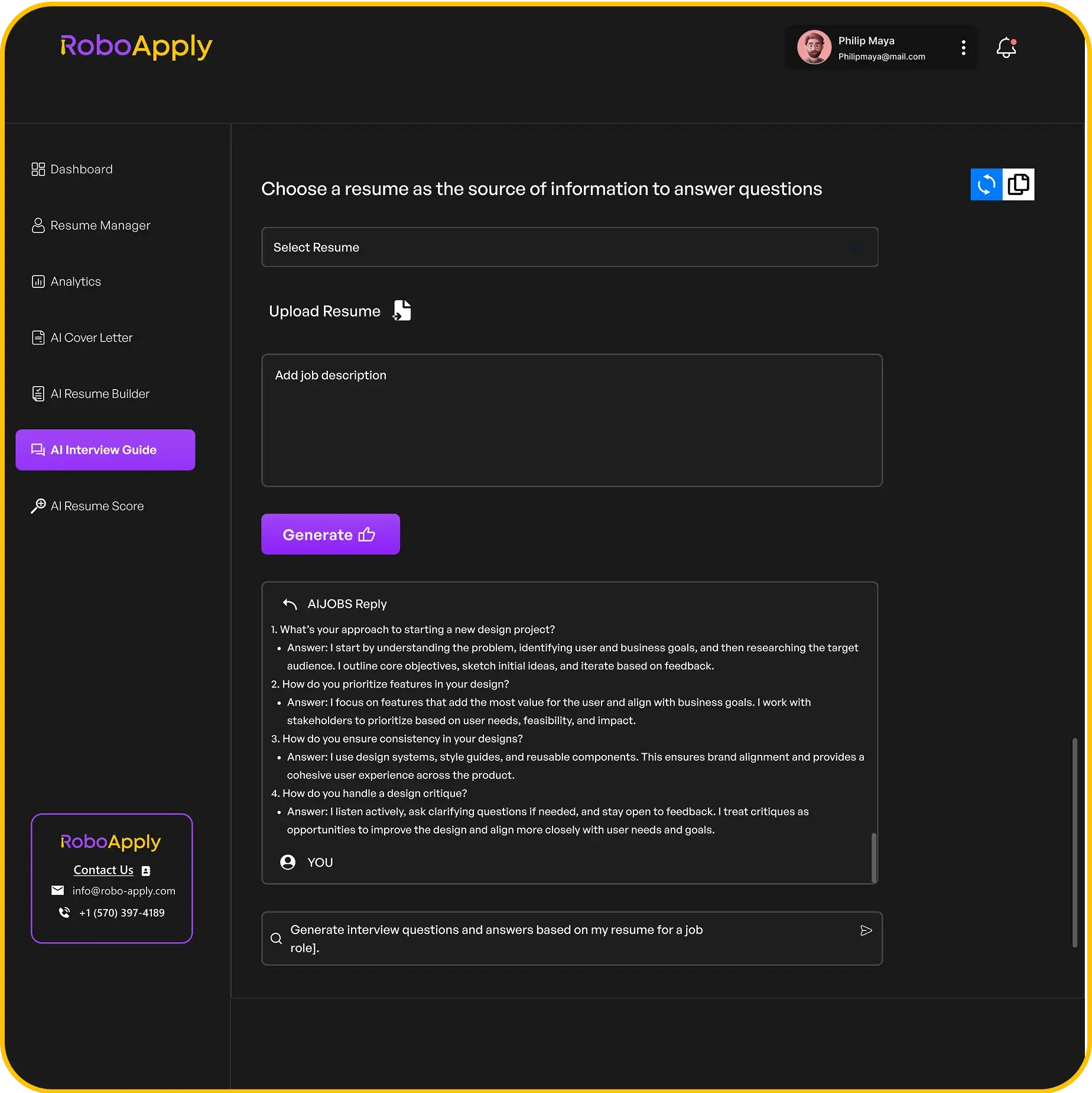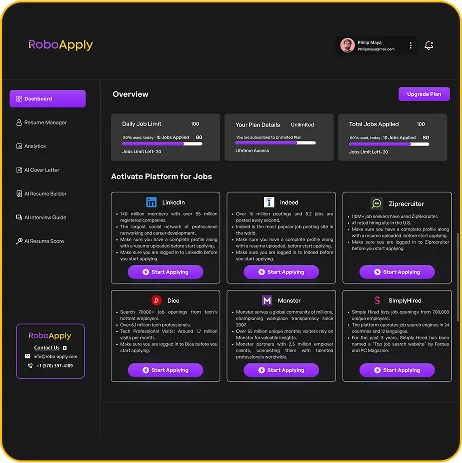Crafting a great cover letter header is super important for making a good first impression. It’s the first thing a hiring manager sees, so it needs to be clear and professional. This guide will walk you through everything you need to know to create a standout cover letter header example, helping you catch the eye of potential employers right from the start. We’ll cover the basics, some cool extras, and even show you some real-world examples to get you going.
Key Takeaways
- A cover letter header is the top part of your document where you put your contact details and the recipient’s information, plus the date and location.
- You can add extra stuff to your cover letter header, like your LinkedIn profile, social media links that are job-related, or a link to your personal website or portfolio.
- Your header should look good, be easy to read, and match the style of the rest of your cover letter.
- Making your cover letter header consistent with your resume helps everything look neat and professional, showing you pay attention to details.
- A well-put-together cover letter header, like a good cover letter header example, makes it simple for recruiters to quickly find your contact info and get a good first impression of you.
Understanding the Cover Letter Header

Defining the Cover Letter Header
Okay, so what is a cover letter header? Think of it as the introduction to your introduction. It’s the very first thing a hiring manager sees, and it contains all the essential info they need to know right off the bat. We’re talking your name, contact details, the date, and the recipient’s information. It’s like the handshake before the conversation really gets going. It’s not just about listing information; it’s about presenting it in a way that’s clear, professional, and easy to find. You want to make it as simple as possible for them to reach out. It’s a small detail, but it sets the tone for the rest of your application. You can use AI tools to help you with the writing process.
Purpose of a Strong Cover Letter Header
Why bother sweating the small stuff like a header? Well, a strong cover letter header does more than just provide contact information. It makes a good first impression. It tells the hiring manager that you’re organized, detail-oriented, and professional. Plus, it helps them quickly identify who you are and how to get in touch with you. Think of it as a mini-branding opportunity. A well-crafted header can also help your cover letter stand out from the pile. It shows that you’ve taken the time to pay attention to the details, which can make a big difference. It’s about making it easy for the recruiter to remember you and connect you with your resume. It also helps to format a cover letter properly.
Distinguishing Headers from Headings
Now, let’s clear up a little confusion. The terms "header" and "heading" are often used interchangeably, but they’re not quite the same thing. The header is the entire block of information at the top of your cover letter. Headings, on the other hand, are the titles you use to introduce different sections within your cover letter, like "Experience" or "Skills." So, the header is the whole enchilada at the top, while headings are the labels for the different parts of the enchilada. Make sense? It’s a subtle difference, but it’s important to understand the terminology. The header contains your contact information and the recipient’s details, while headings organize the body of your letter. Remember that a good cover letter makes a strong first impression.
Core Components of an Effective Cover Letter Header

Okay, let’s break down what absolutely needs to be in your cover letter header. Think of it as the essential ingredients for a successful recipe – you can’t skip these!
Your Personal Contact Information
This is a no-brainer, but it’s surprising how often people mess it up. Make it easy for the hiring manager to reach you! Include your full name, phone number, a professional email address, and optionally, your city and state. Avoid using a cutesy or outdated email address; create a new one if necessary. This section is all about making a good first impression and ensuring they can easily contact information if they like what they see.
Date and Location Details
Always include the date you’re sending the cover letter. It shows you’re on top of things and provides a timeline for the application. The location (city, state) is less critical now, but still a nice touch. Some people skip the location altogether for privacy reasons, and that’s fine too. Just make sure the date is there. It’s a small detail, but it adds to the overall professional feel. You can use cover letter templates for Microsoft Word to ensure the date is formatted correctly.
Recipient’s Professional Information
This part shows you’ve done your homework. Include the recipient’s full name, their title, and the company’s full address. If you can’t find the hiring manager’s name, do some digging on LinkedIn or the company website. Addressing it to "Hiring Manager" is okay as a last resort, but a specific name is always better. This shows you’ve put in the extra effort and are genuinely interested in the position. This is a key element of cover letter heading.
A well-structured header not only provides necessary contact details but also demonstrates attention to detail and professionalism. It’s the first impression you make, so make it count!
Here’s a quick checklist:
- Your Full Name
- Your Phone Number
- Your Professional Email Address
- The Date
- Recipient’s Name and Title
- Company Name and Address
Enhancing Your Cover Letter Header with Optional Elements
While the core components of a cover letter header are pretty standard, there are some extra bits you can include to really make it shine. These aren’t mandatory, but they can definitely give you an edge, especially in certain industries. Let’s explore some of these options.
Integrating Your Online Professional Presence
In today’s digital world, having an online presence is almost a must. Adding links to your professional profiles can give employers a more complete picture of who you are. Think of it as extending your cover letter beyond the page. A well-maintained LinkedIn profile, for example, can showcase your experience, skills, and recommendations in a way that a traditional cover letter can’t. It’s a great way to show you’re serious about your career and actively engaged in your field. Make sure your policy cover letter matches your resume.
Showcasing Your Portfolio or Personal Website
If you’re in a creative field, like design, writing, or photography, a portfolio is essential. Even if you’re not in a traditionally creative role, a personal website can be a great way to showcase projects, skills, and accomplishments. Including a link to your portfolio or website in your cover letter header makes it super easy for employers to see your work. It’s a direct way to demonstrate your abilities and provide concrete examples of what you can do. This is especially useful if you’re applying for a role where seeing is believing. Remember to keep your cover letter format professional.
Adding Relevant Social Media Links
This one comes with a big caveat: only include social media links if they’re relevant to the job and present you in a professional light. A link to your professional Twitter account where you share industry insights? Great! A link to your personal Instagram filled with vacation photos? Probably not. Think carefully about what your social media presence says about you and whether it aligns with the image you want to project to potential employers. LinkedIn is generally a safe bet, but other platforms might be appropriate depending on the industry and the role. Make sure you have a strong call to action.
Adding these optional elements can make your cover letter header more impactful, but it’s important to use them strategically. Only include information that is relevant, professional, and enhances your application. Don’t clutter your header with unnecessary links or information that could distract from your core qualifications. Remember to tailor your expert tips to the job description.
Crafting an Impactful Cover Letter Header: Expert Tips

Capturing the Reader’s Attention
Your cover letter header is prime real estate. It’s the first thing a hiring manager sees, so make it count! Think of it as your personal billboard. Don’t just list information; present it in a way that grabs their interest. Consider using a slightly larger font size for your name or incorporating a subtle design element that aligns with your personal brand. The goal is to make your header visually appealing and memorable. You could also include a director cover letter to show your vision.
Ensuring Readability and Professionalism
While creativity is great, readability is key. A cluttered or confusing header will only frustrate the reader. Use a clean, professional font and ensure there’s enough white space. Avoid using overly decorative fonts or distracting colors. The information should be easy to scan and understand at a glance. Remember, the purpose of the header is to provide essential contact information, not to showcase your design skills. Here are some things to keep in mind:
- Use a professional font like Arial, Calibri, or Times New Roman.
- Maintain consistent spacing and alignment.
- Proofread carefully for any typos or errors.
A well-designed header strikes a balance between visual appeal and functional clarity. It should be both eye-catching and easy to read, ensuring that the hiring manager can quickly find the information they need.
Maintaining Consistency with Your Resume
Your cover letter and resume should present a unified brand. This means maintaining consistency in terms of formatting, font choices, and overall design. The header is a great place to start. Use the same font, color scheme, and layout in both documents to create a cohesive and professional impression. This attention to detail shows that you’re organized and thoughtful. You can also use an AI cover letter generator to help with consistency. Also, remember these points:
- Use the same font and font size for your name in both documents.
- Maintain a consistent layout and spacing.
- Use the same color scheme (if applicable).
It’s also important to remember that your header should be tailored to the specific job you’re applying for. If you’re applying for a creative role, you might have more leeway to experiment with design elements. However, if you’re applying for a more traditional role, it’s best to stick to a more conservative approach. You can also check out some cover letter examples for inspiration.
Illustrative Cover Letter Header Examples
The Traditional Header Example
Let’s look at some examples to see how this all comes together. The traditional header is still a solid choice, especially if you’re applying to more conservative industries. It’s clean, straightforward, and gets the job done. It clearly presents all the necessary information without any fuss.
Here’s what a traditional header might include:
- Your Full Name
- Your Address
- Your Phone Number
- Your Email Address
- Date
- Recipient’s Name
- Recipient’s Title
- Recipient’s Company
- Recipient’s Address
This format is best if you want to project a sense of formality and respect for tradition. It leaves no room for ambiguity and ensures the recipient has all the info they need right at the top.
Modern and Streamlined Header Example
If you’re aiming for a more contemporary feel, a modern and streamlined header is the way to go. This approach focuses on essential information and uses whitespace to create a visually appealing look. It’s all about being efficient and making a good first impression. You can find cover letter header styles that fit this description.
Here’s what a modern header might look like:
- Your Full Name
- Phone Number
- Email Address
- LinkedIn Profile URL (Optional)
- Date
- Recipient’s Name, Title, and Company
Creative Industry Header Example
For those in creative fields, your cover letter header is an opportunity to showcase your personal brand. This doesn’t mean going overboard, but it does mean thinking outside the box and injecting some personality. Think about how you can visually represent yourself while still maintaining professionalism. It’s a balancing act, but when done right, it can really make you stand out. You can follow these easy instructions to create your own.
Here are some elements you might include in a creative header:
- Your Name (potentially with a creative font or design element)
- Your Website or Online Portfolio Link
- Your Email Address
- Your Phone Number
- Relevant Social Media Links (e.g., Behance, Dribbble)
- A subtle color accent or design element that reflects your brand
Consider these cover letter header examples to get a better idea of what works for your field. Remember, the goal is to be memorable and show off your unique style while still being professional. It’s about making a statement that says, "I’m creative, and I’m perfect for this role."
Key Differences Between Resume and Cover Letter Headers

Functional Distinctions in Document Purpose
Okay, so, the headers on your resume and cover letter? They’re not twins. More like distant cousins. The cover letter header is all about formality and setting the stage for a business communication. It’s like saying, "Hey, here’s who I am, who you are, and when I sent this." Resumes, on the other hand, are straight to the point. They’re about you, your skills, and your experience. No need for the recipient’s address there.
Layout and Formatting Variations
Think of it this way: a cover letter is like a formal letter, so it needs all the trimmings. That means your address, the date, and the employer’s info. Resumes? Not so much. They’re more streamlined. You’re aiming for clarity and easy readability. A resume header is usually simpler, focusing on your name and contact details. You want recruiters to easily find your contact details without extra fluff.
Information Prioritization
What you put in each header also differs. A cover letter header includes the date you sent it, which is a standard business practice. Resumes? Dates aren’t as important in the header. The focus is on your name, phone number, email, and maybe a link to your LinkedIn. It’s all about making it super easy for them to reach out. The goal of a customized cover letter is to show you’re serious about the job, and the header plays a part in that.
The key takeaway? A cover letter header is about establishing a formal connection, while a resume header is about quick and easy contact. Think of your cover letter as a formal introduction and your resume as a detailed summary. Make sure each header reflects that purpose. Also, remember that both documents should use a professional tone.
Ever wonder how a resume header is different from a cover letter header? It’s simpler than you think! Your resume header is like your personal ID card, showing your name and contact info clearly. But a cover letter header is more like a formal letter’s address, including both your details and the person you’re writing to. Knowing these small but mighty differences can really make your job application stand out. Want to learn more easy tips to get hired faster? Check out our website!
Final Thoughts
So, there you have it. Making a good cover letter header isn’t rocket science, but it does matter. It’s the first thing someone sees, kind of like the front door to your application. A clean, clear header just makes things easier for the person reading it. It shows you pay attention to details, and that’s a good thing. Plus, when your header matches your resume, it just looks more put-together. It helps them remember you and see you as a complete package. So, take a few extra minutes to get it right. It really can make a difference.
Frequently Asked Questions
What is a cover letter header?
A cover letter header is the top part of your letter. It’s where you put your contact info, the date, and the details of the person you’re sending it to. Think of it as the address label for your letter.
Why is a good cover letter header important?
The main goal is to make it easy for the hiring manager to know who you are and how to reach you. It also shows you’re neat and pay attention to details.
What must I include in my cover letter header?
You should always include your name, phone number, email, and the date. Also, put the name, title, and company of the person you’re writing to.
Can I add extra things to my header?
Yes, you can add things like a link to your LinkedIn profile, your online portfolio, or even a professional social media link if it’s right for the job. Just make sure it looks good and fits the job.
What’s the difference between a header and a heading?
A header is the whole top section with all your info. A heading is usually just a title for a specific part, like ‘Contact Information.’ People sometimes use them to mean the same thing, but they’re a little different.
How is a cover letter header different from a resume header?
While both have your contact info, a resume header is usually simpler and just for you. A cover letter header also includes the recipient’s details and the date, acting more like a formal letter’s start. They should look similar to show you’re organized.




